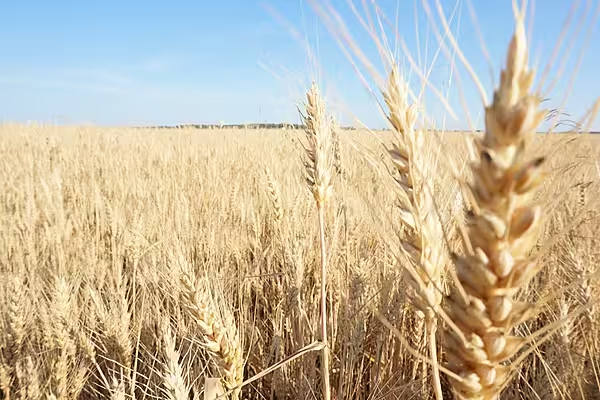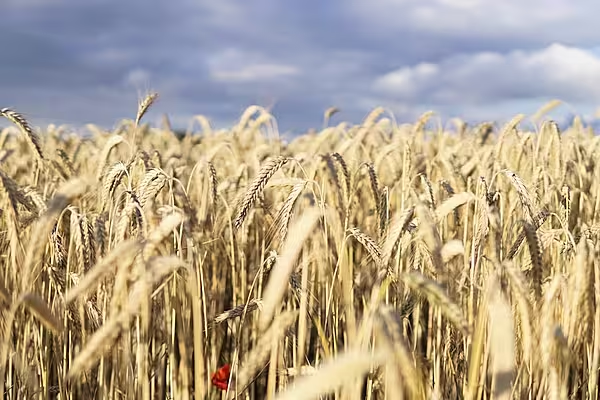Ukraine's 2023 grain harvest is likely to fall to 44.3 million tonnes from 53.1 million in 2022 as less acreage is sown due to the Russian invasion, according to a forecast by the Ukrainian agriculture ministry.
The crop could include 16.6 million tonnes of wheat, 21.7 million tonnes of corn and 4.8 million tonnes of barley, the ministry said.
Ukraine is a major global grain and oilseed producer and exporter, but its production and exports fell sharply after Russia occupied a swathe of Ukrainian territory and blocked key Black Sea ports in the second half of last season.
In 2022 Ukraine harvested 20.5 million tonnes of wheat, 25.6 million tonnes of corn and 5.6 million tonnes of barley. It harvested a record 86 million tonnes of grain in peaceful 2021.
'The reduction in grain sowing acreage, coupled with the projected decline in average yields caused by rising prices of key inputs, will affect harvest volumes,' the ministry said.
Sowing Area
It said the grain sowing area is expected to total 10.2 million hectares, 1.4 million hectares less than a year earlier.
The area for winter wheat is seen shrinking to 4.17 million hectares, down 834,000 hectares from 2022. Corn will likely be sown on 3.6 million hectares, a decrease of 451,000 hectares from the previous year.
At the same time, gross production of oilseeds is expected to increase to 19.2 million tonnes this year from 18.2 million tonnes in 2022 due to a larger sowing area for the more lucrative crop, according to the ministry forecast.
Read More: Most Of Ukraine's Winter Grain Crops In Good Condition, Scientists Say
The sunflower seed harvest is seen at 11.5 million tonnes this year, up from 11.1 million tonnes in 2022.
Rapeseed output could rise to 3.8 million tonnes from 3.7 million tonnes last year. Soybeans could total 3.9 million tonnes versus 3.4 million tonnes.
Ukraine's national academy of agricultural science said this month that the grain harvest could fall 37% to 34 million tonnes in 2023 because of a smaller grain sowing area and lower yields.
News by Reuters, edited by ESM – your source for the latest supply chain news. Click subscribe to sign up to ESM: European Supermarket Magazine.











